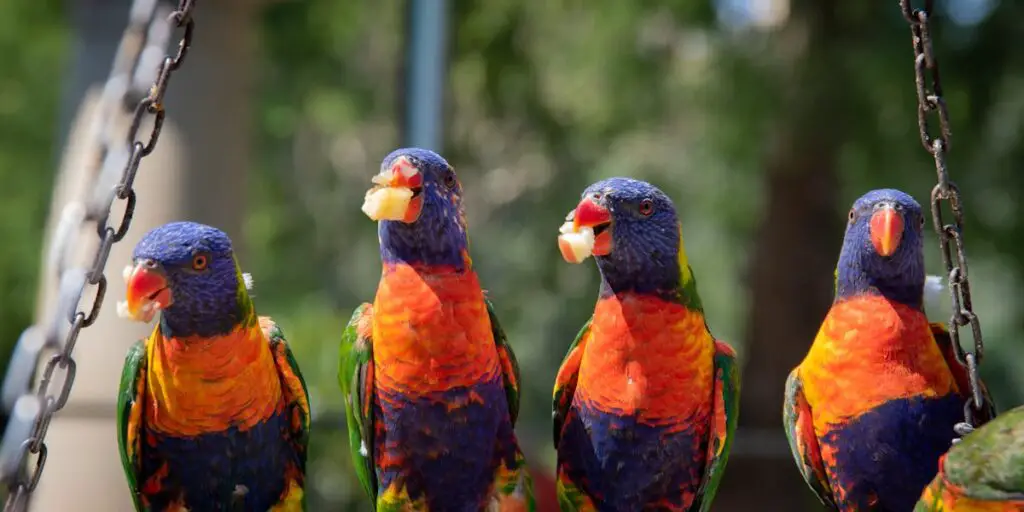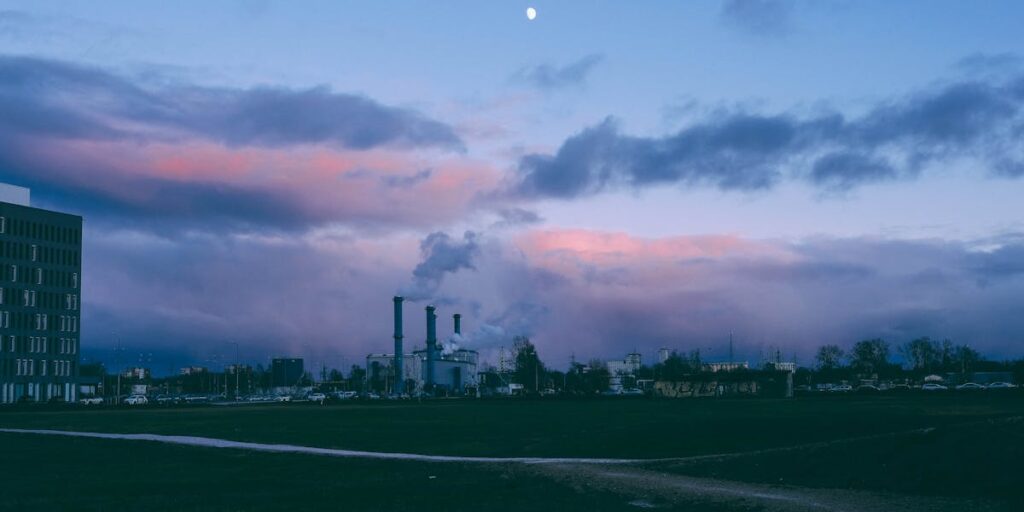Differentiation Between Food Chain and Food Web
The concepts of food chain and food web are fundamental to understanding ecological relationships and energy flow in ecosystems. Although they are closely related, they differ significantly in structure, complexity, and the manner in which they represent interactions among organisms. This detailed explanation will explore these differences, their characteristics, and their significance in maintaining ecosystem balance.
Definition and Structure
1. Food Chain
A food chain is a linear representation of energy transfer and feeding relationships in an ecosystem. It shows a single pathway through which energy flows, starting from producers (autotrophs) and moving through various levels of consumers (herbivores, carnivores, omnivores) to decomposers. For example:
Grass (Producer) → Grasshopper (Primary Consumer) → Frog (Secondary Consumer) → Snake (Tertiary Consumer).
Each step in a food chain is known as a trophic level, and energy is transferred progressively from one trophic level to the next. However, only about 10% of energy is passed on to the next level, as per the 10% Law of Energy Transfer, while the rest is lost as heat or used in metabolic processes.
2. Food Web
A food web is a more complex and realistic representation of energy flow in an ecosystem. It comprises multiple interlinked food chains that form a network of feeding relationships. This complexity acknowledges that most organisms consume more than one type of food and are eaten by multiple predators. For example, a bird might feed on both seeds and insects, and the same insect might be prey for birds, lizards, and spiders.
The food web reflects the diversity of an ecosystem, showing how species are interconnected and depend on each other for survival.
Key Differences Between Food Chain and Food Web
- Simplicity vs. Complexity
- Food Chain: It is simple, focusing on a single pathway of energy transfer. It isolates one set of feeding relationships, making it easier to study specific interactions but ignoring the broader ecological context.
- Food Web: It is complex, showing the interconnectedness of various food chains. It provides a holistic view of an ecosystem, emphasizing the multiple feeding relationships that organisms have.
- Energy Flow
- Food Chain: Represents a direct and linear flow of energy. For example, energy flows from grass to a deer and then to a tiger.
- Food Web: Demonstrates multidirectional energy flow, as energy can transfer through various pathways. For instance, a rabbit might eat both grass and berries, while both rabbits and mice might serve as prey for foxes.
- Ecosystem Representation
- Food Chain: Simplifies ecosystems into one specific feeding sequence. It cannot account for the diversity of species or their complex relationships.
- Food Web: Offers a more accurate and dynamic representation of ecosystems by showcasing how organisms are interconnected.
- Stability and Impact
- Food Chain: The removal or addition of a species in a food chain significantly impacts the chain. For example, if a predator is removed, the prey population may explode, destabilizing the ecosystem.
- Food Web: Is more stable due to its complexity. If one species is removed, alternative pathways in the web allow the ecosystem to adjust and maintain balance.
- Focus on Relationships
- Food Chain: Highlights specific predator-prey relationships but overlooks other interactions like competition, parasitism, or mutualism.
- Food Web: Captures a broader spectrum of ecological interactions, including competitive and cooperative relationships.
Significance in Ecosystems
1. Food Chain
Food chains are essential for understanding the basics of energy transfer and trophic levels. They help in studying how energy moves from producers to higher trophic levels and provide insights into the dynamics of simple ecosystems.
2. Food Web
Food webs are critical for understanding ecosystem resilience and the complexity of relationships. They illustrate how a single species can impact multiple organisms and how ecosystems recover from disturbances. For example, if one predator declines, its prey might become overabundant, affecting other species indirectly.
Examples
Food Chain Example:
- Grassland Ecosystem: Grass → Grasshopper → Frog → Snake → Eagle.
Food Web Example:
- Forest Ecosystem:
- Plants → Deer → Tiger.
- Plants → Rabbit → Fox.
- Plants → Mice → Owl.
- Mice → Snake → Hawk.
In this web, the predator-prey relationships overlap, forming a network.
Conclusion
While food chains provide a simplified pathway of energy transfer, food webs offer a realistic view of ecological interactions. A food chain is an excellent tool for understanding individual trophic levels and energy dynamics, but it oversimplifies nature. Conversely, food webs emphasize the complexity and interconnectedness of ecosystems, demonstrating their resilience and adaptability. Both concepts are essential for comprehending ecological balance, energy flow, and the interdependence of species within an ecosystem. Understanding these differences helps in conserving biodiversity and managing ecosystems sustainably.





